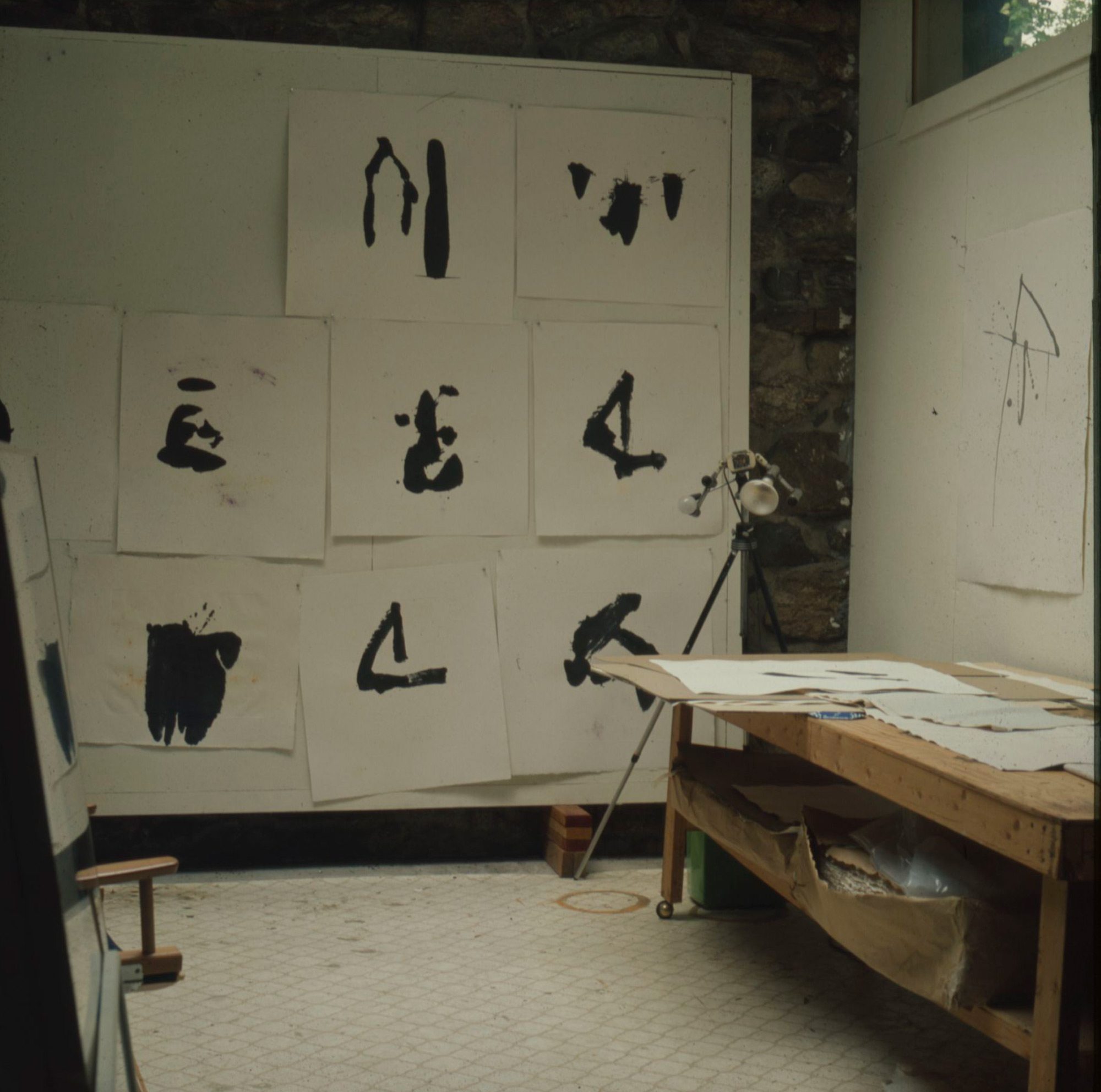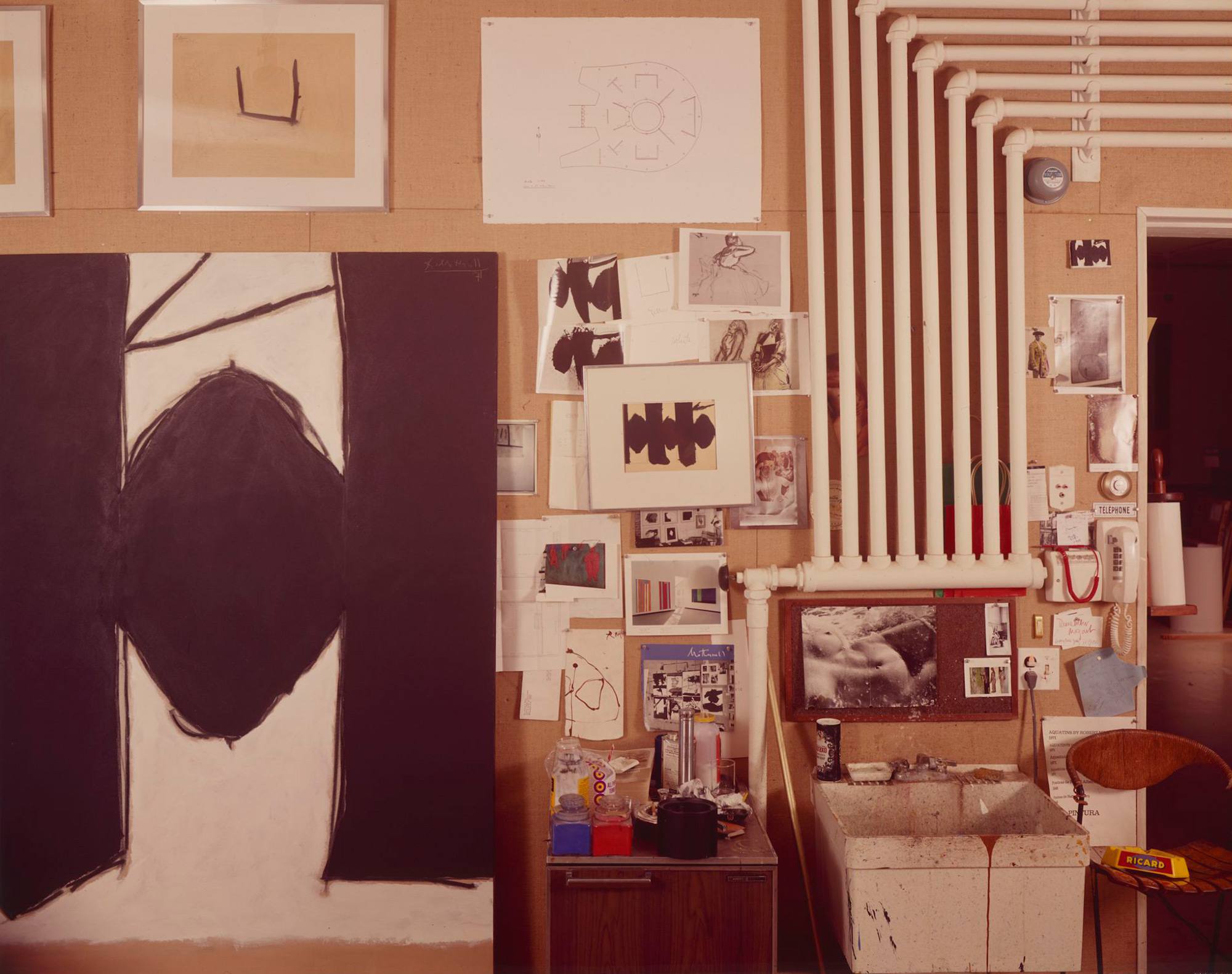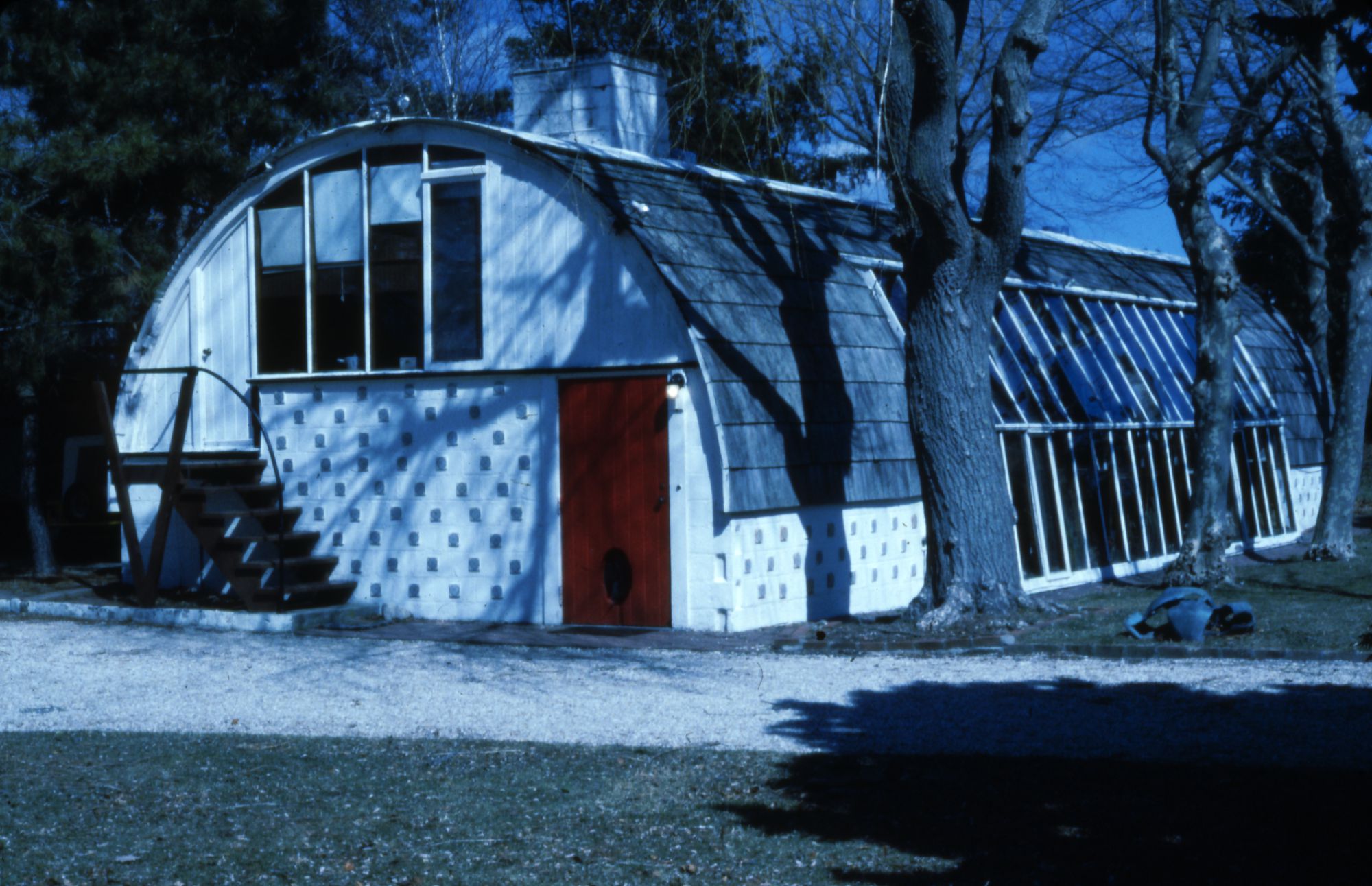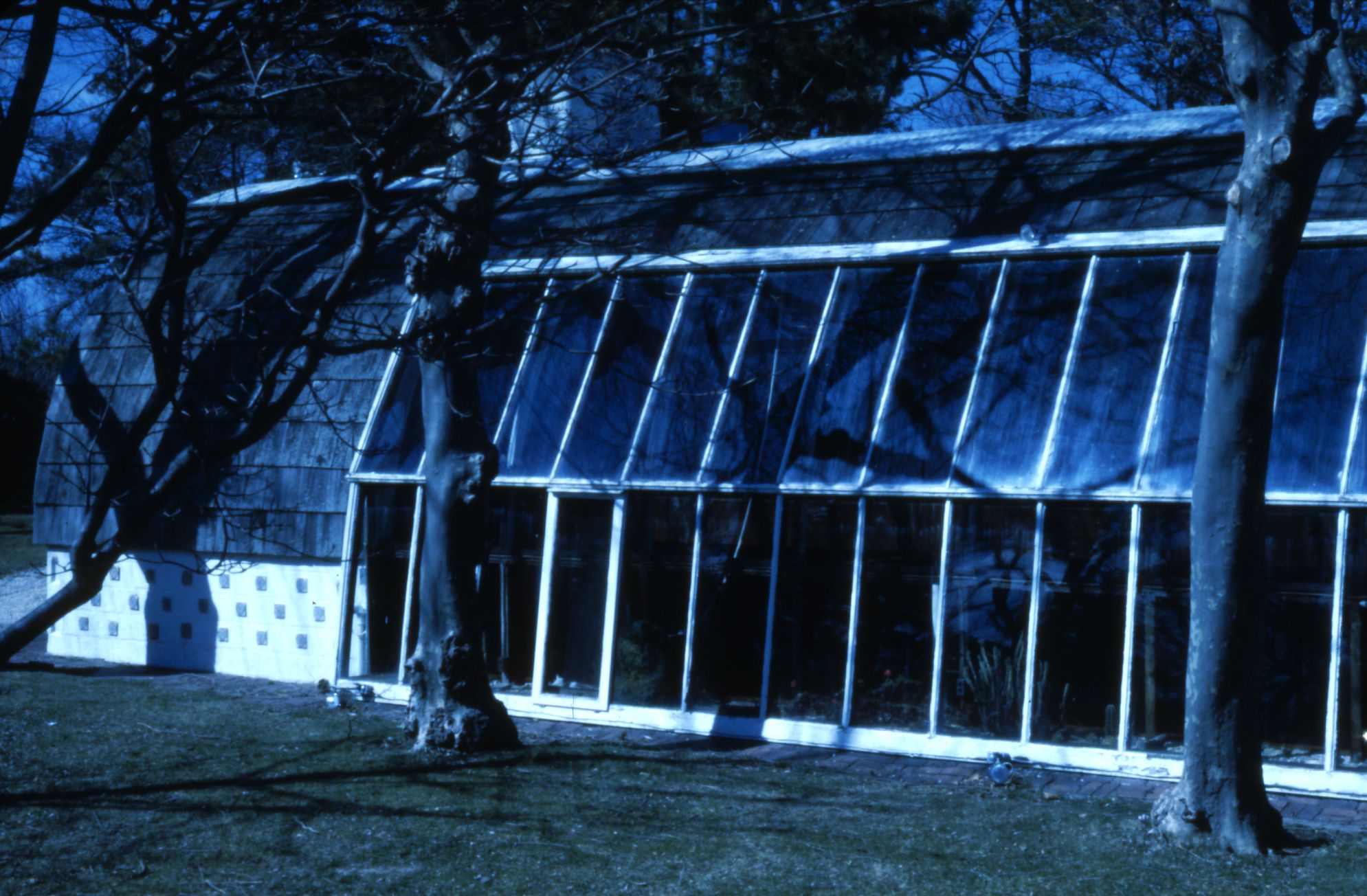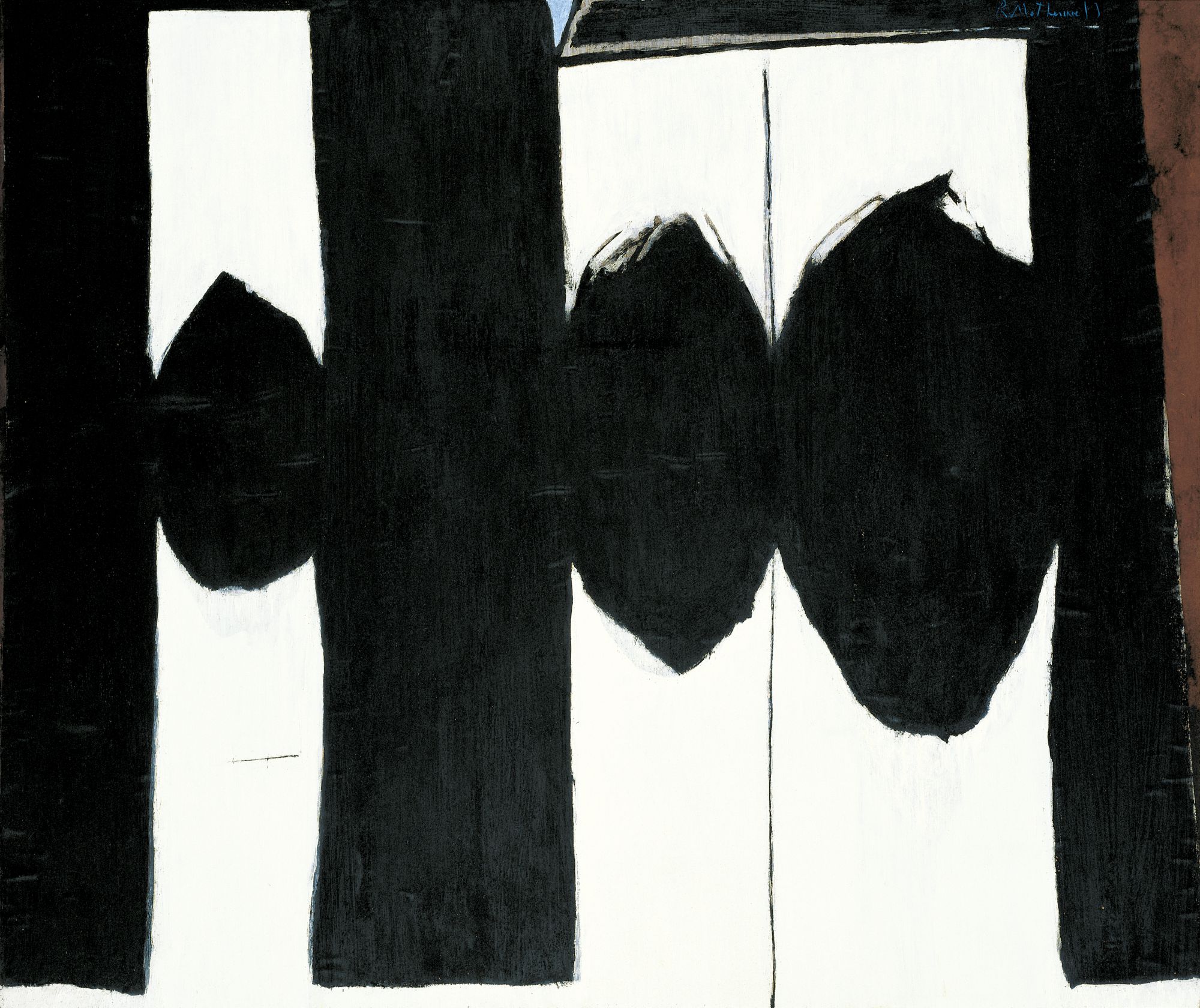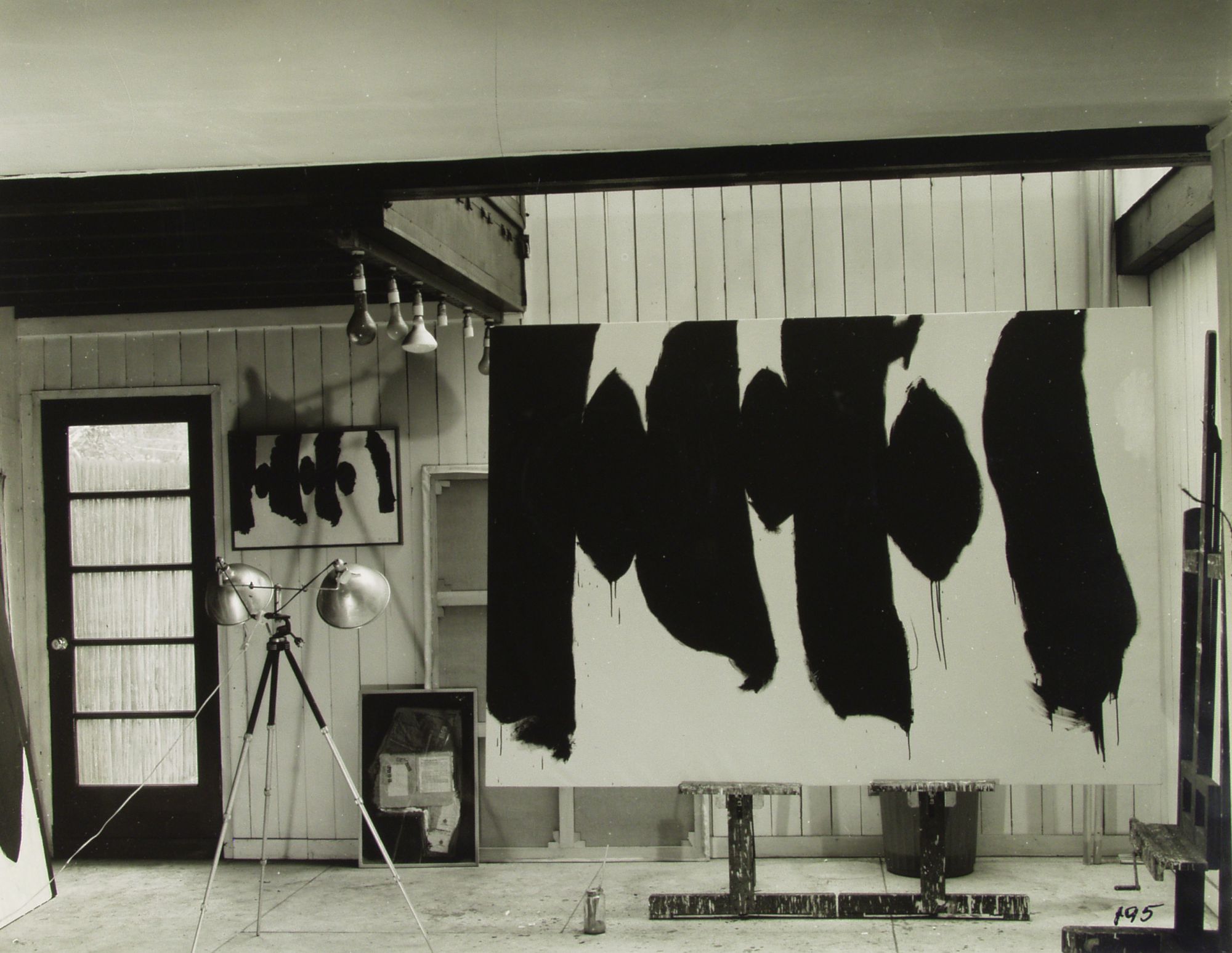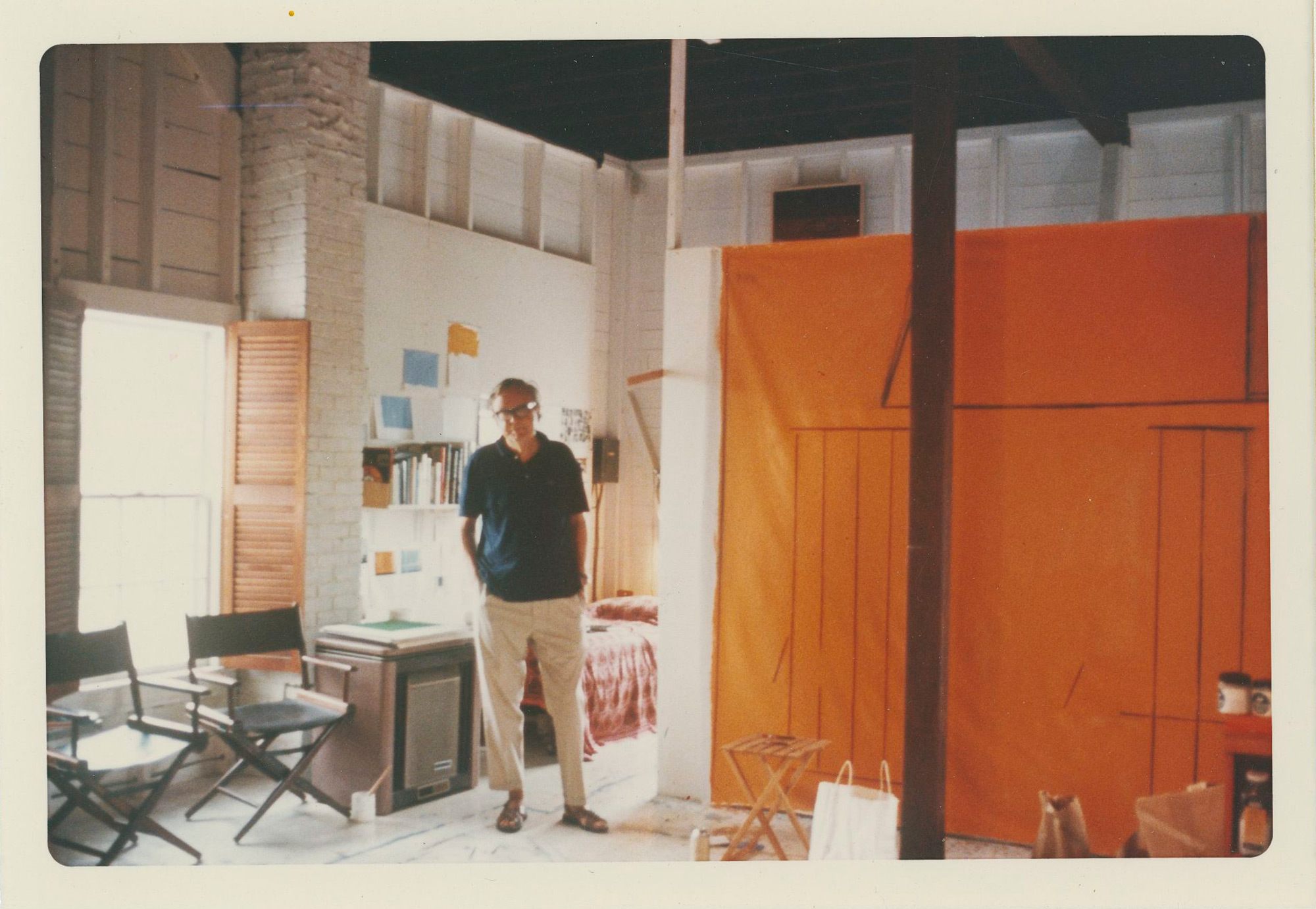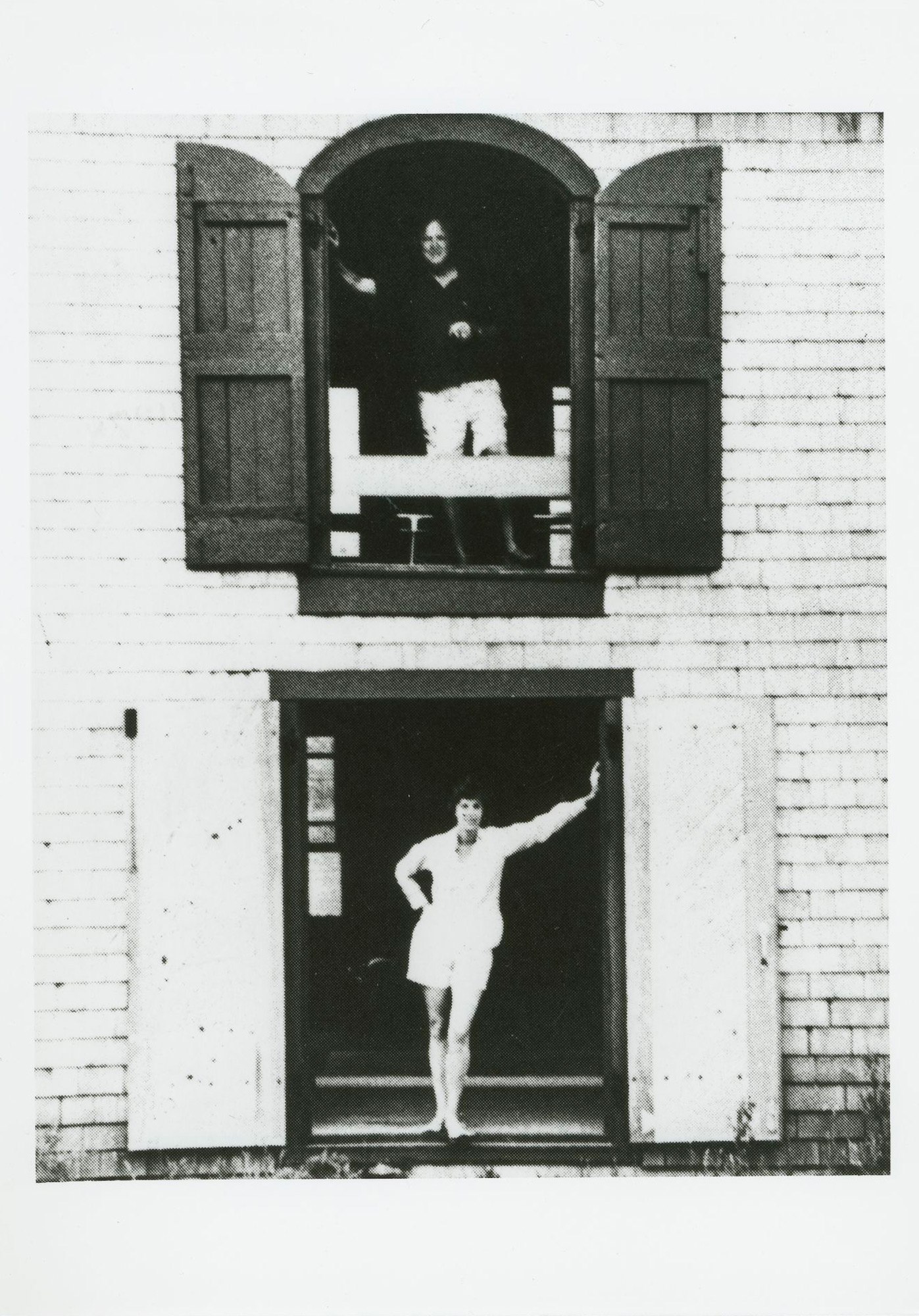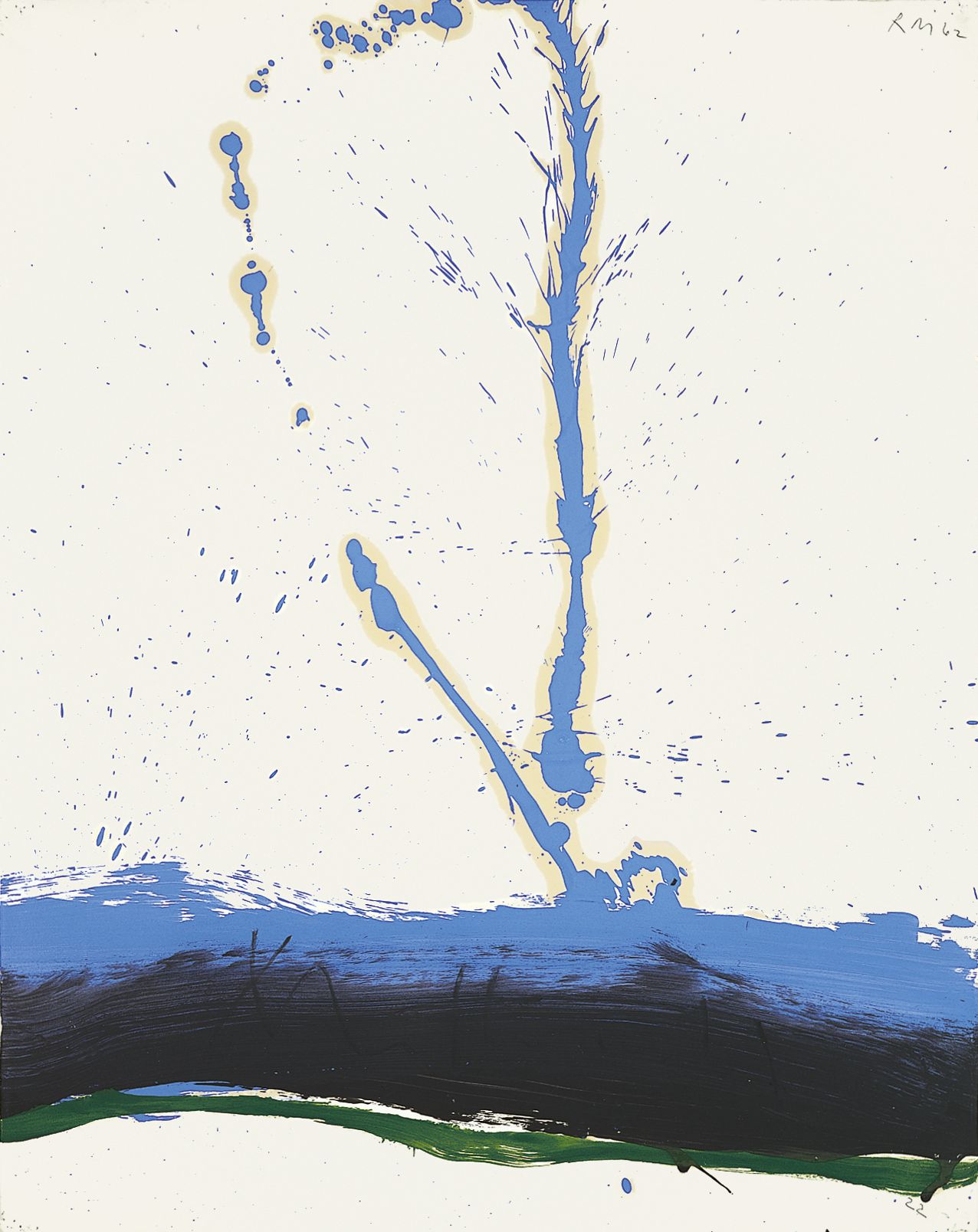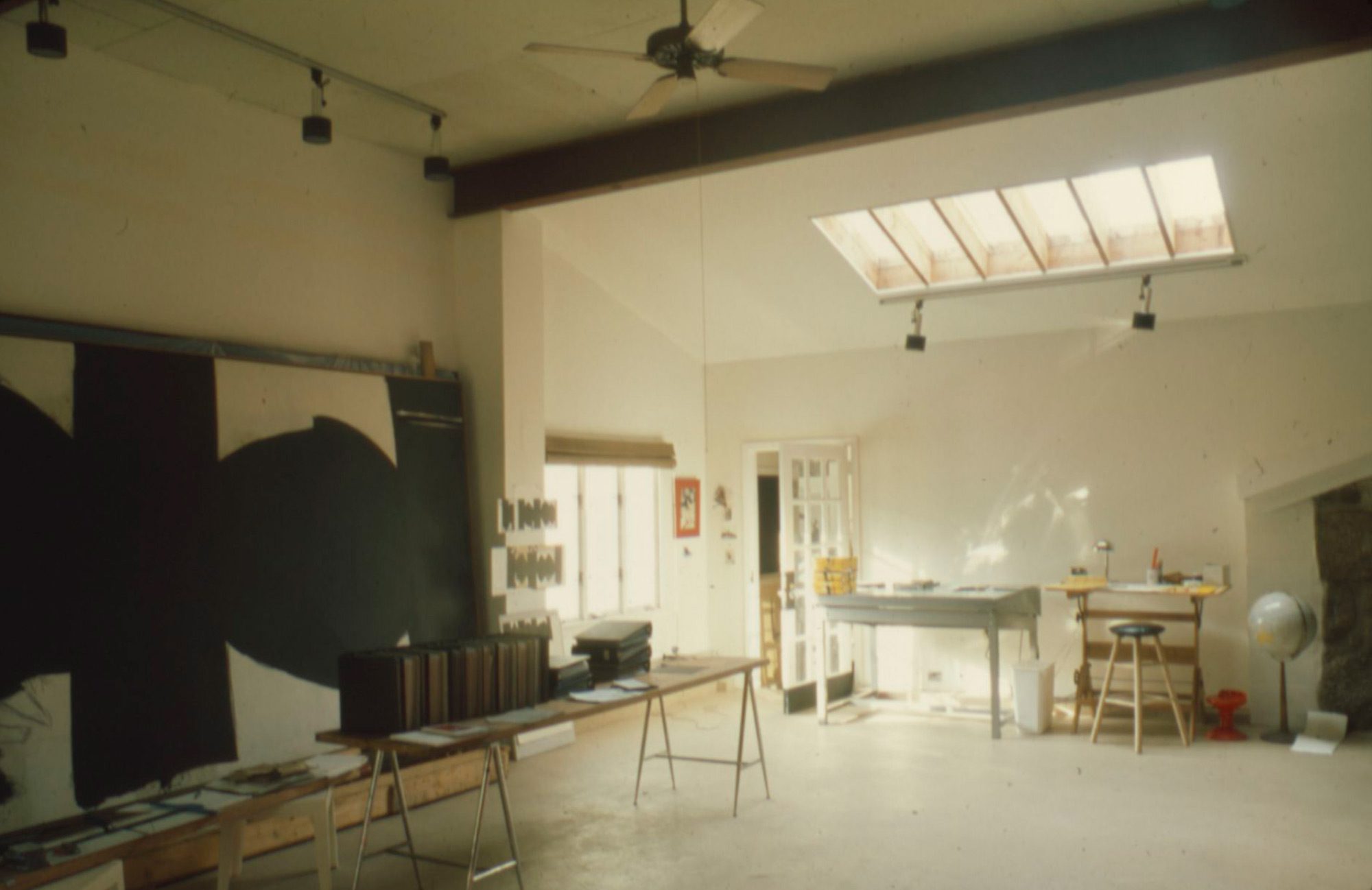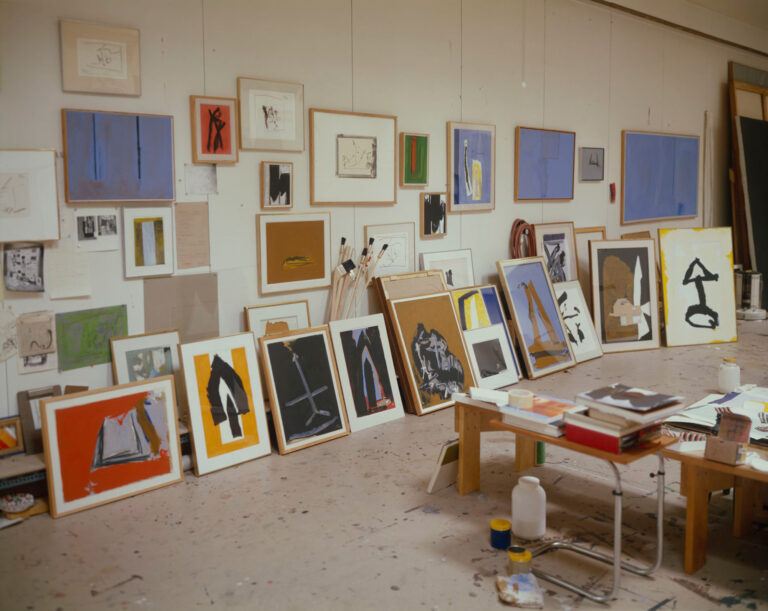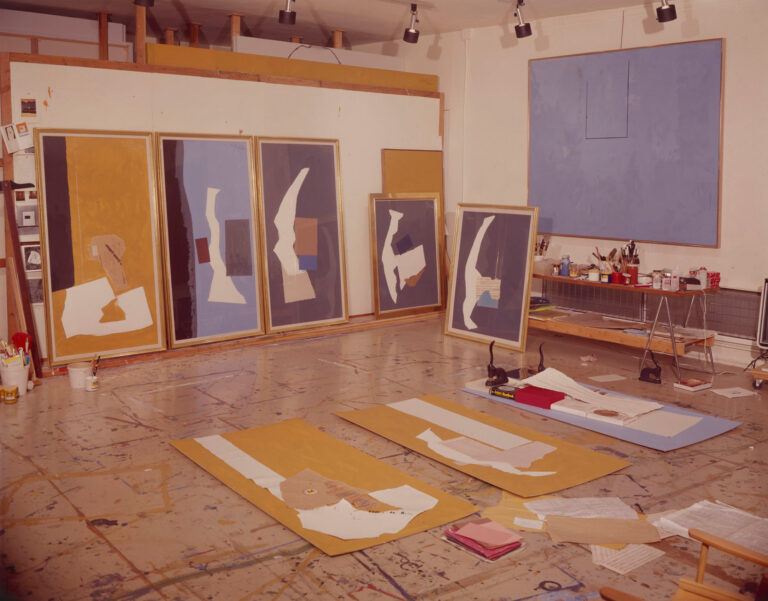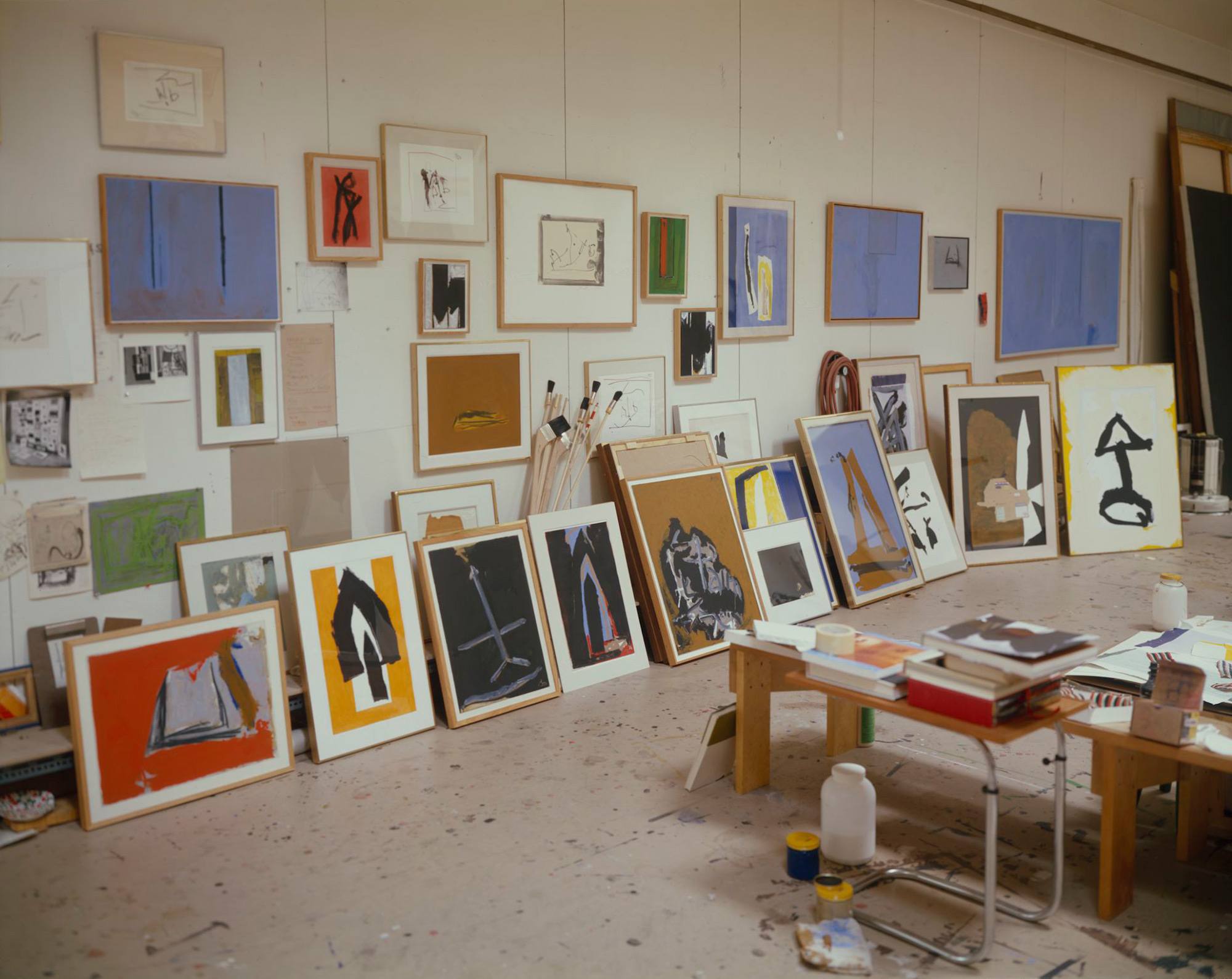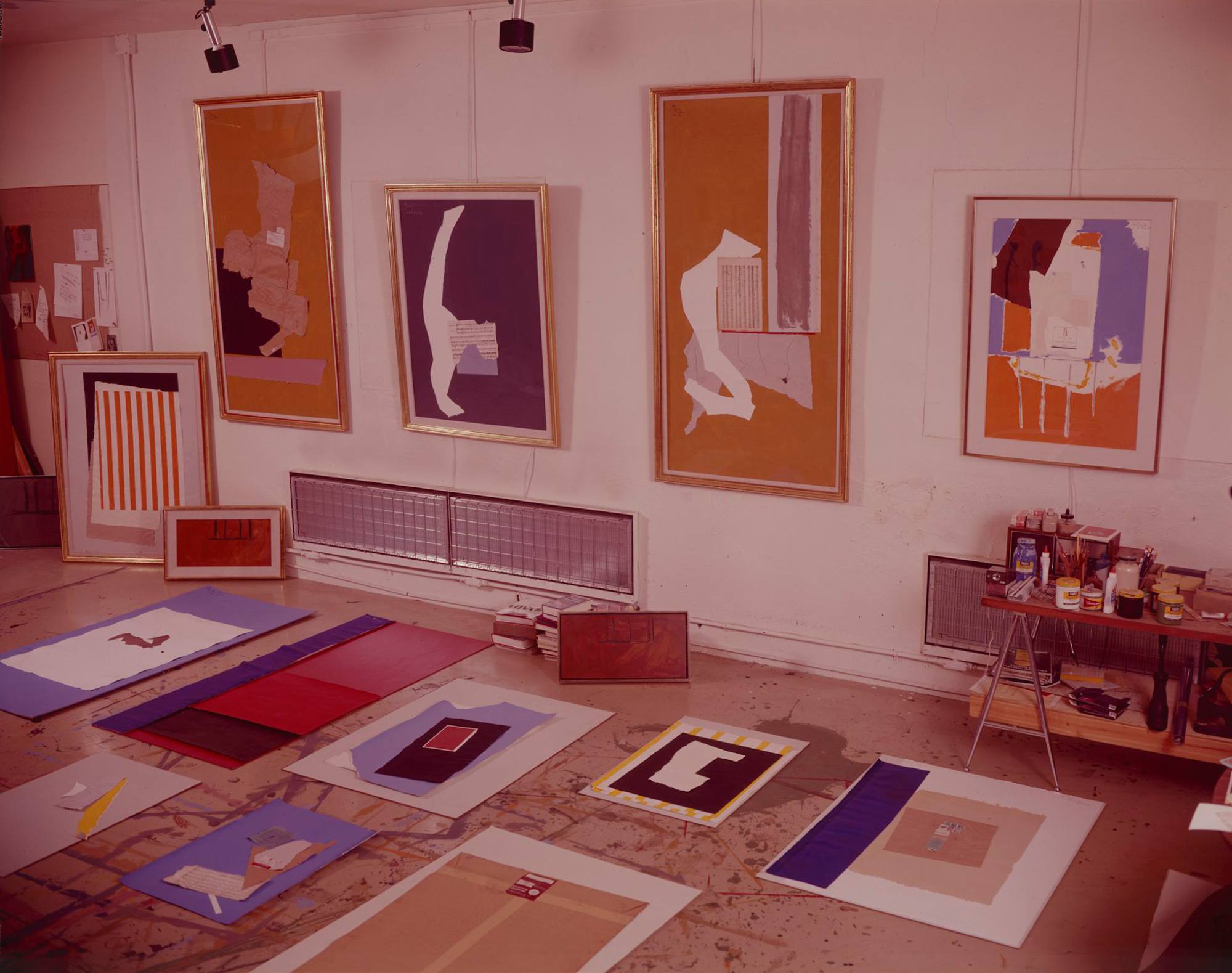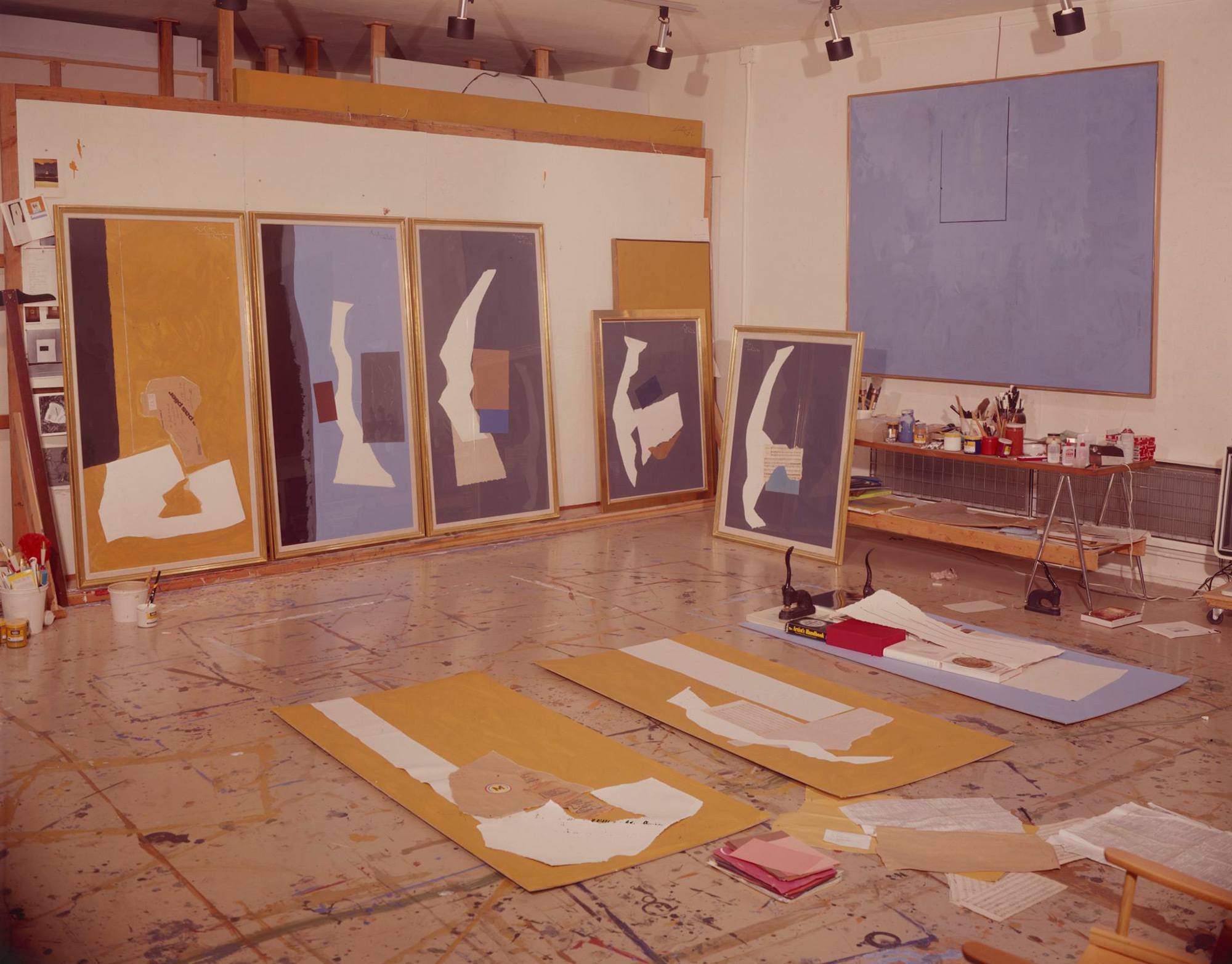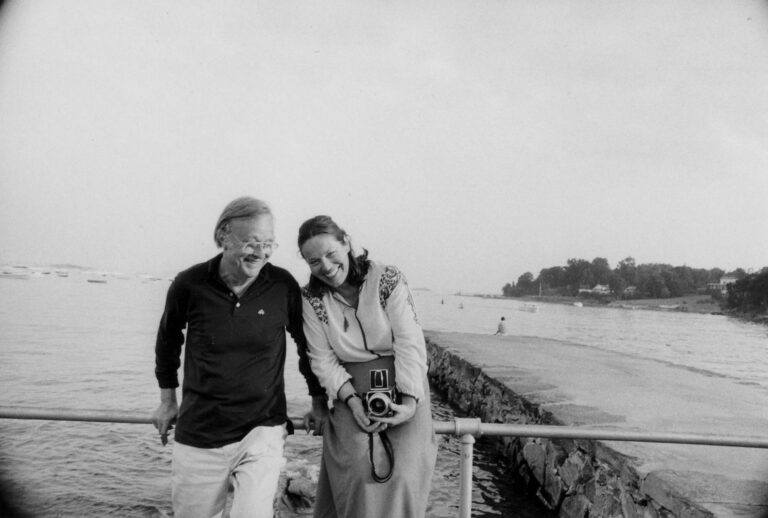1 Robert Motherwell, “Letter to Ive-Alain Bois,” The Collected Writings of Robert Motherwell, October 1980, Oxford University Press, 1992,p. 240
2 Stephanie Terenzio, “Occasional Pieces,” The Collected Writings of Robert Motherwell, Oxford University Press, 1992, p. 125
3 Ibid. p. 125
4 Katy Rogers, “Studio Spaces,” Motherwell 100 Years. Skira, 2015, p. 250
5 Robert Motherwell, “The Rise and Continuity of Abstract Art,” April 12, 1951, Collected Writings, p. 87
6 Jeannie Motherwell, “Studio Show Recollections.” https://jeanniemotherwell.com/studio-show-recollections-page-2
7 “Les 9 Ateliers De RM” with Guy Scarpetta, 1977.
8 “Prefatory Note to Max Ernst et al.,” Max Ernst: Beyond Painting and Other Writings by the Artist and His Friends, The Documents of Modern Art, no. 7 (New York: Wittenborn, Schultz, 1948), pp. v-vi.
9 Paul Gardner, “When Is a Painting Finished?” Art News 84, no. 9 (November 1985): 94.

